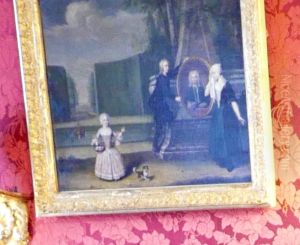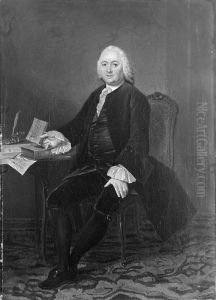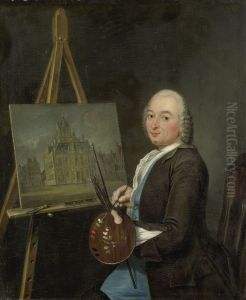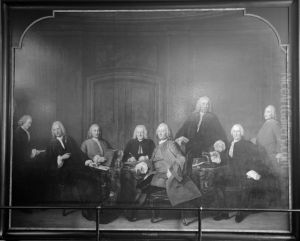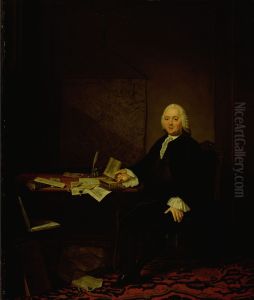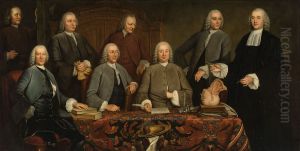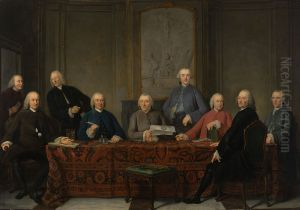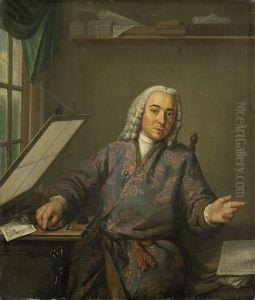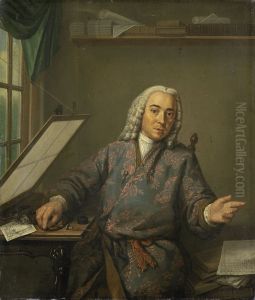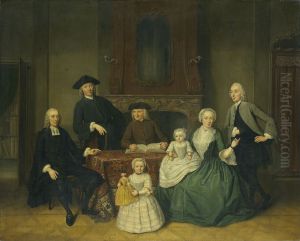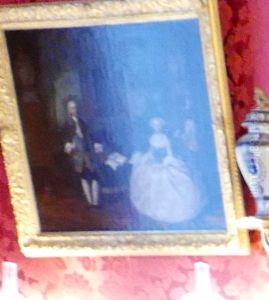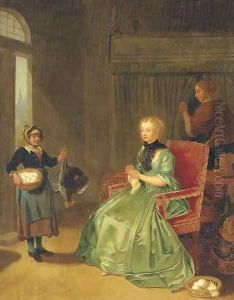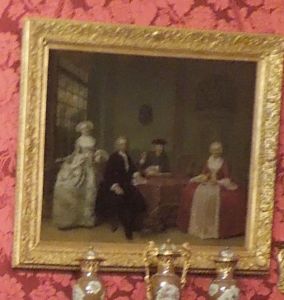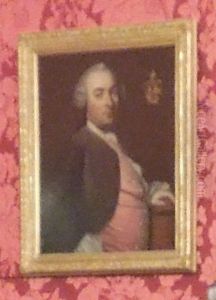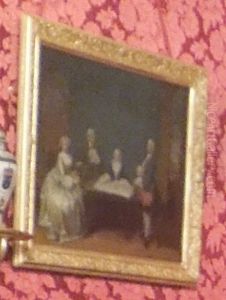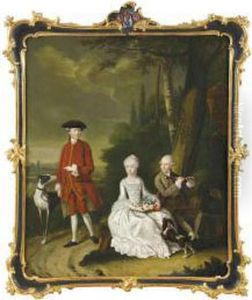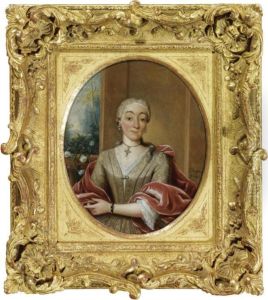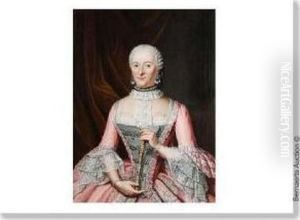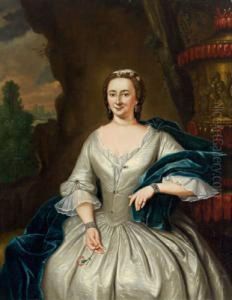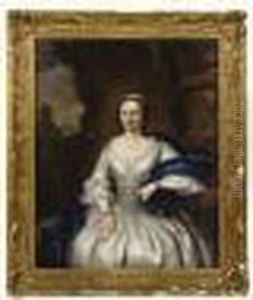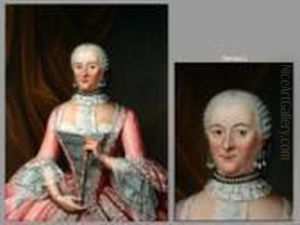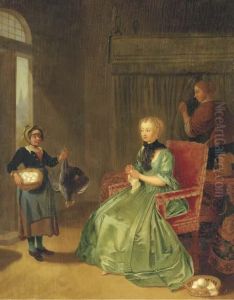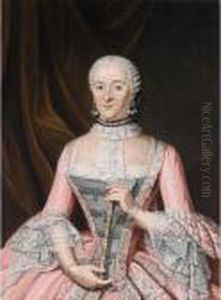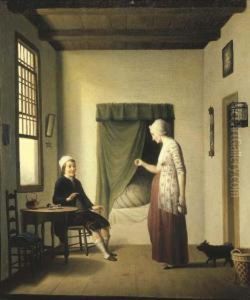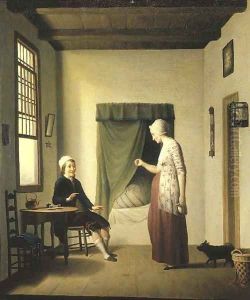Tibout Regters Paintings
Tibout Regters was a Dutch painter, primarily recognized for his portraits, born in Amsterdam in 1710. His work provides a fascinating glimpse into the 18th-century Dutch society, capturing the essence of his era's cultural and social elite. Regters was not only a portraitist but also engaged in painting genre scenes, although these are less well-known and documented compared to his portraits. His style was deeply influenced by the Dutch Golden Age of painting, even though he lived well after this period had peaked. Regters' approach to portraiture was characterized by a keen attention to detail, a rich palette, and a particular focus on the texture of fabrics and the interplay of light and shadow, which brought his subjects to life with remarkable realism.
Despite the quality and quantity of his work, Tibout Regters has not achieved the same level of fame as some of his contemporaries or predecessors in the Dutch painting tradition. This could be attributed to various factors, including the overshadowing prominence of earlier Golden Age artists and the changing tastes in art over time. However, his contributions to Dutch art, particularly in the realm of portraiture, remain significant.
Throughout his career, Regters exhibited a consistent dedication to his craft, with his paintings often reflecting the socio-economic status and personal interests of his subjects. He meticulously depicted their attire, accessories, and surroundings, offering insights into the lives and times of the Dutch upper class during the 18th century. His works are preserved in various museums and collections across the Netherlands and beyond, serving as valuable historical documents as well as artistic achievements.
Tibout Regters passed away in 1768, leaving behind a legacy that, while perhaps not as widely recognized as that of some of his peers, continues to be appreciated by art historians and enthusiasts for its depth, technical skill, and portrayal of 18th-century Dutch society.
